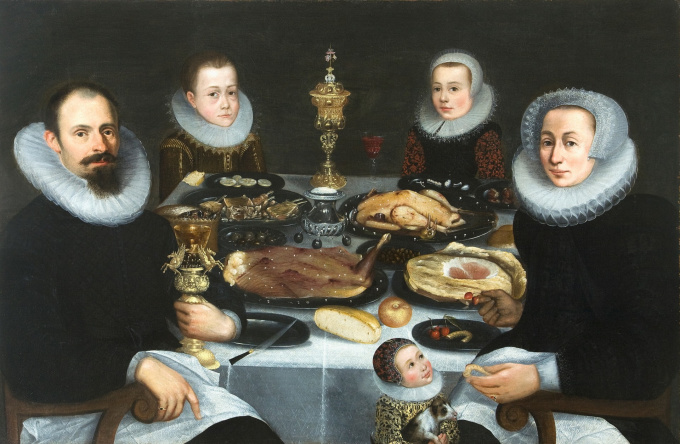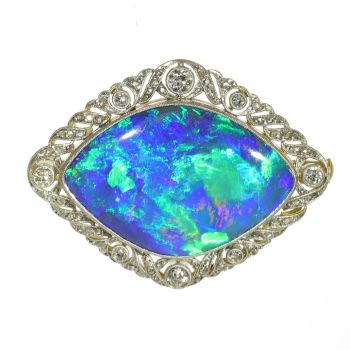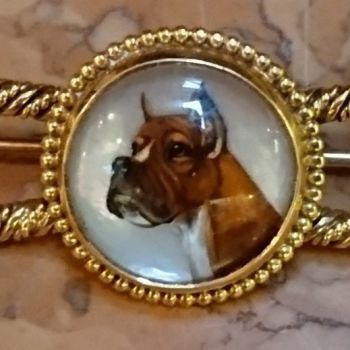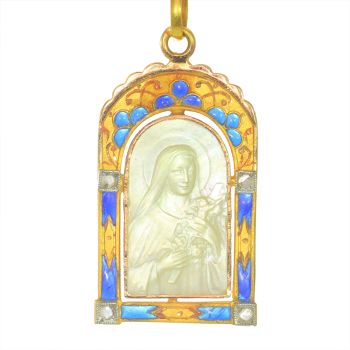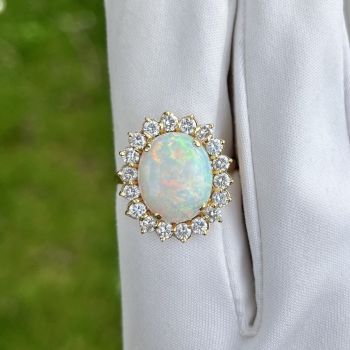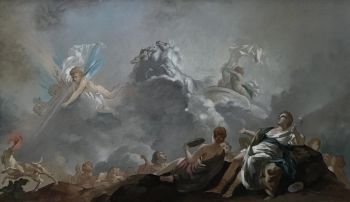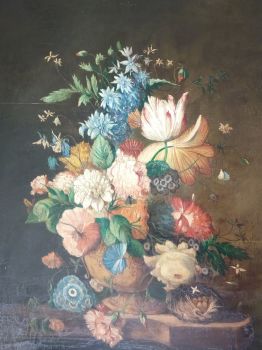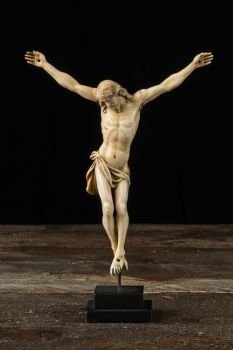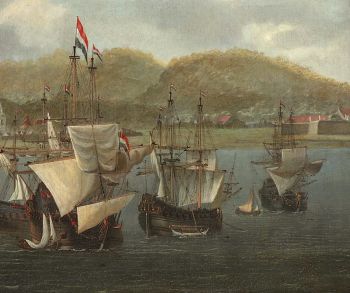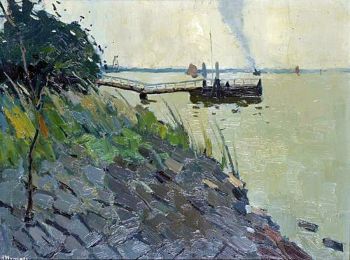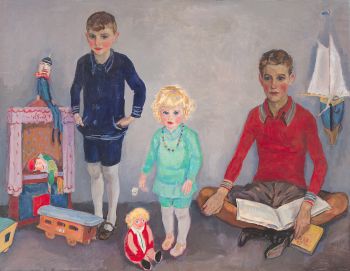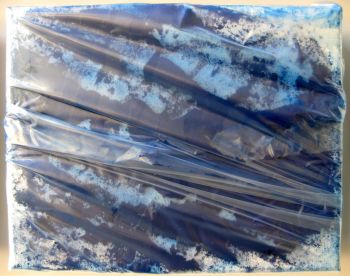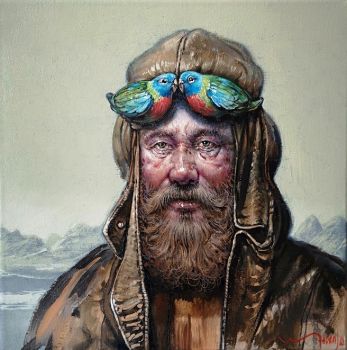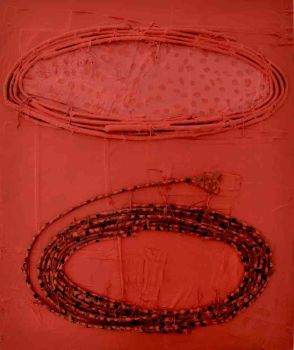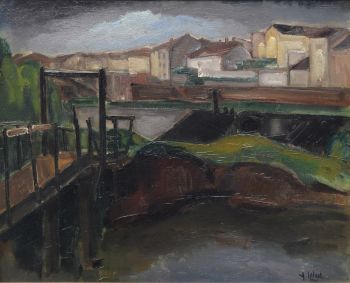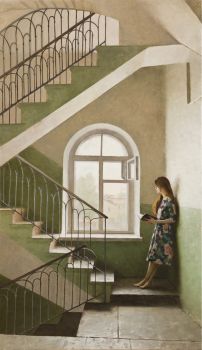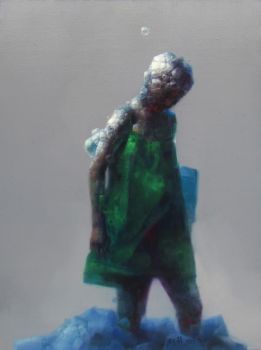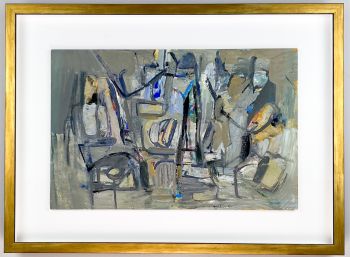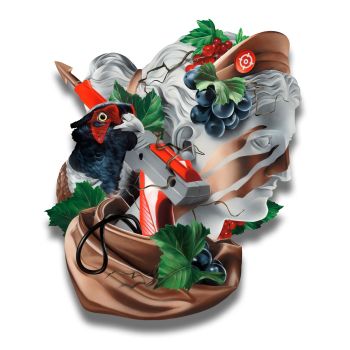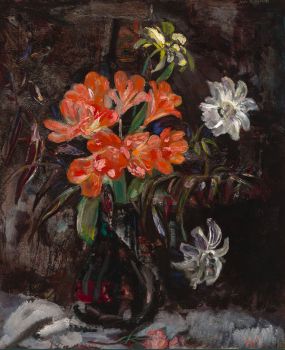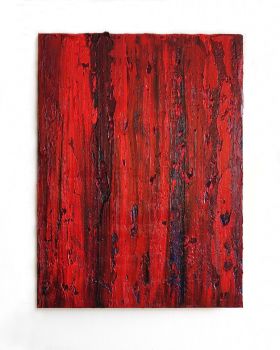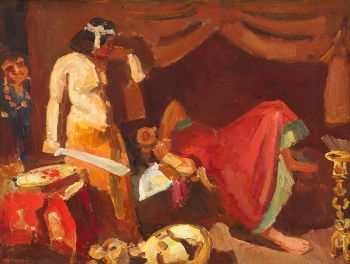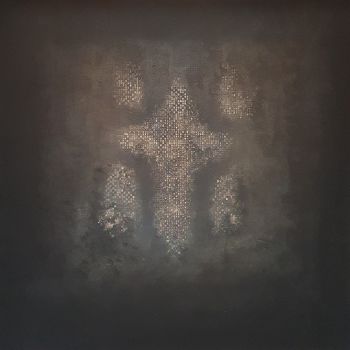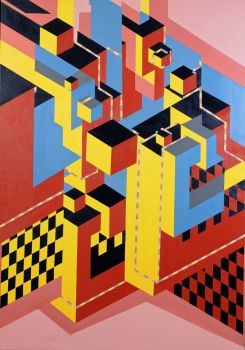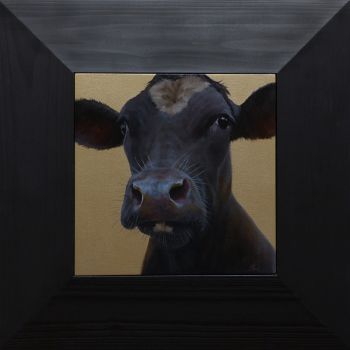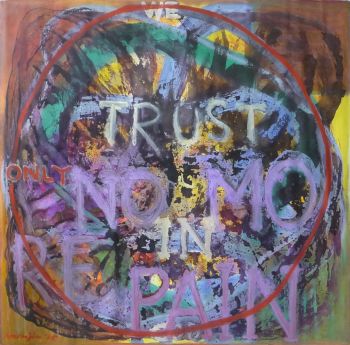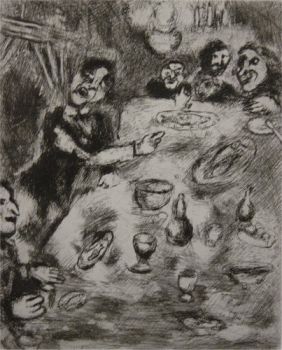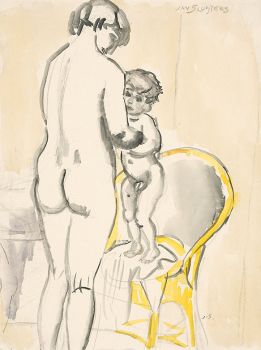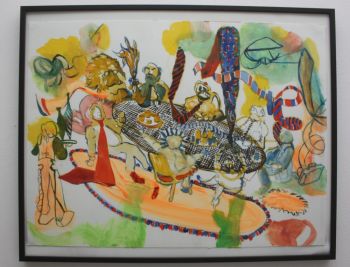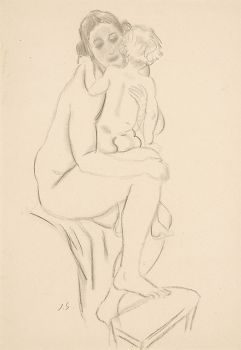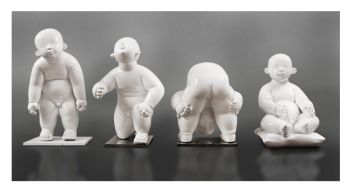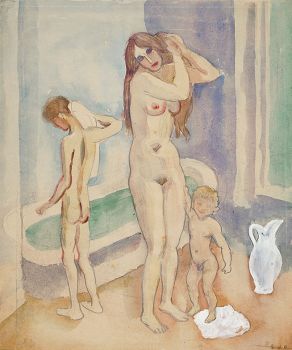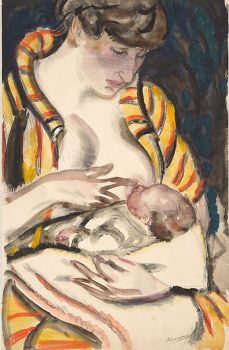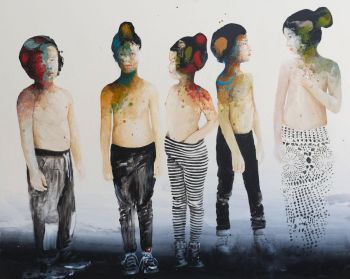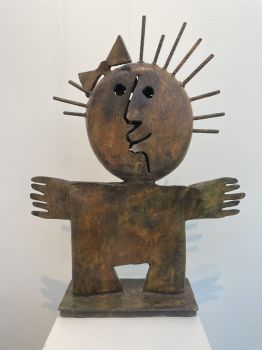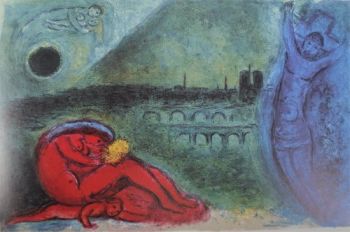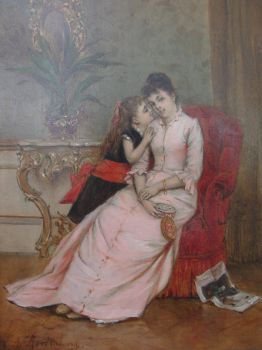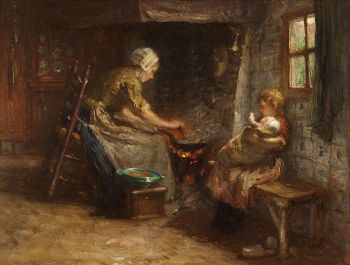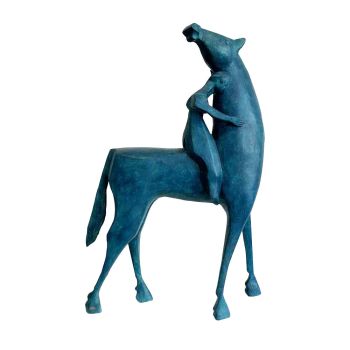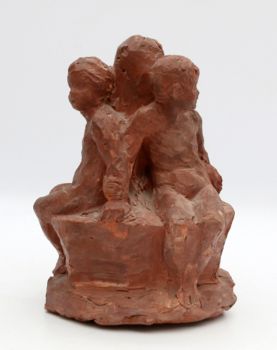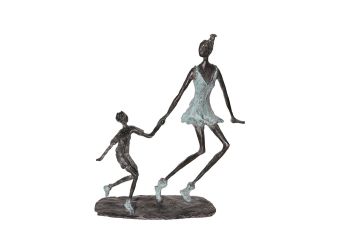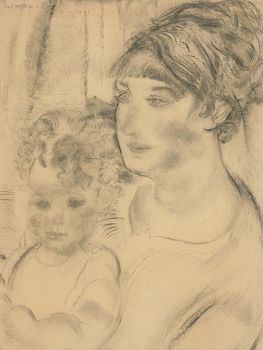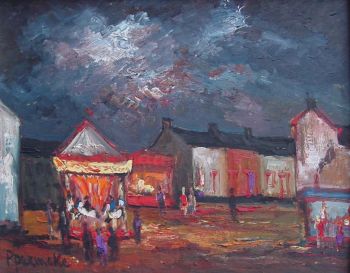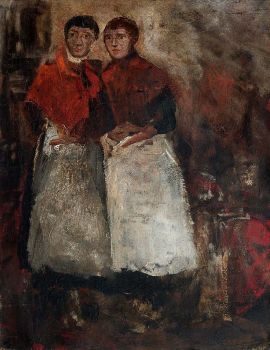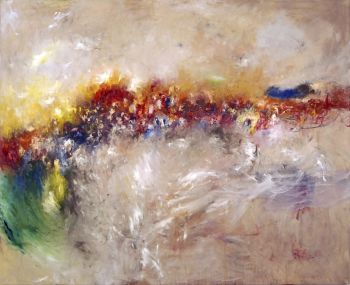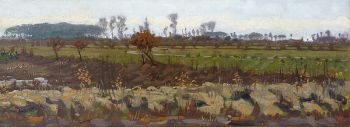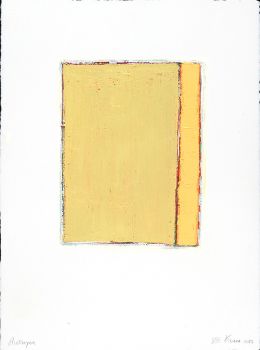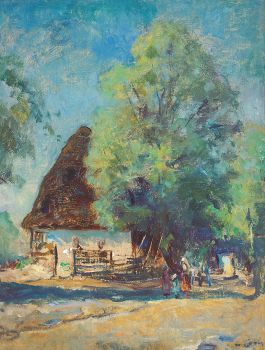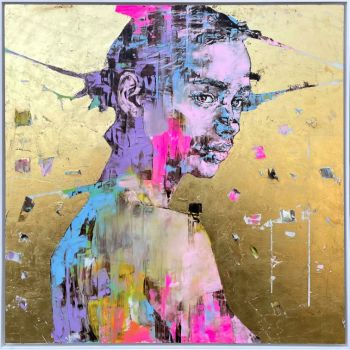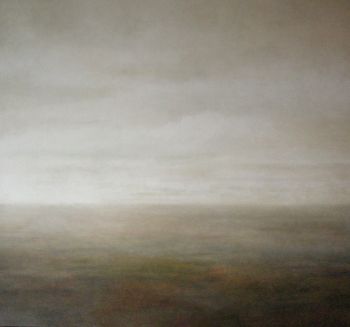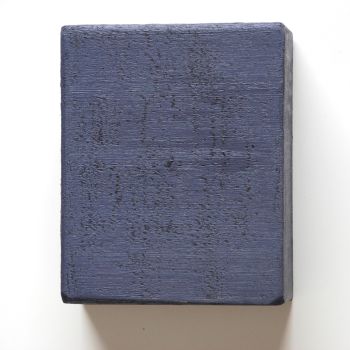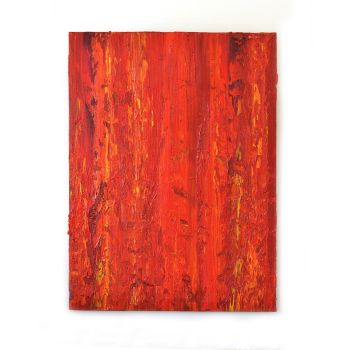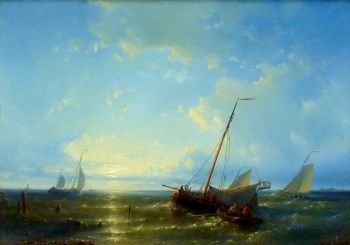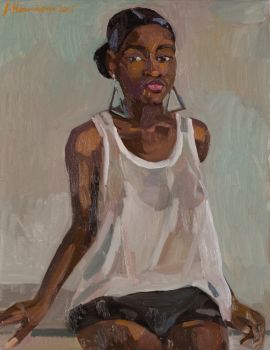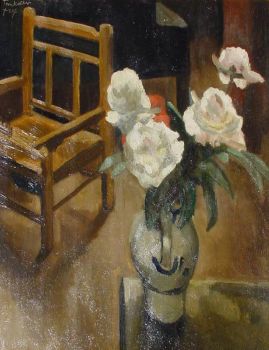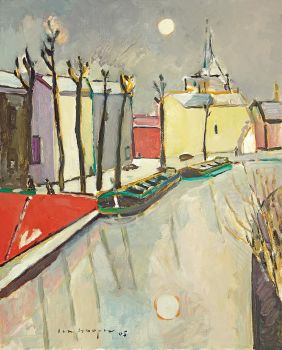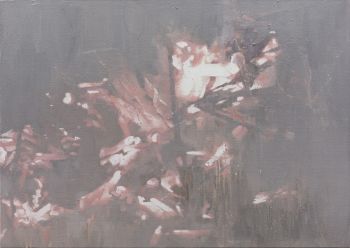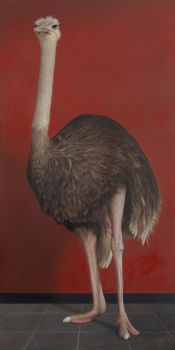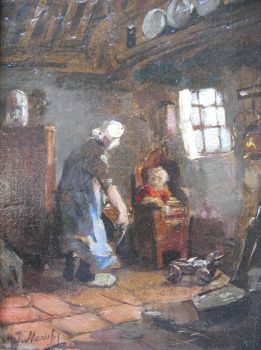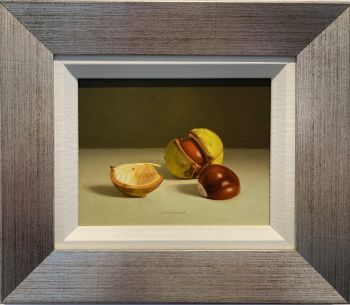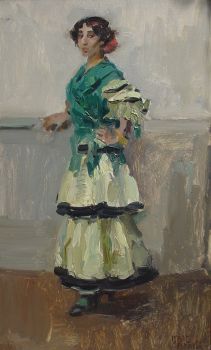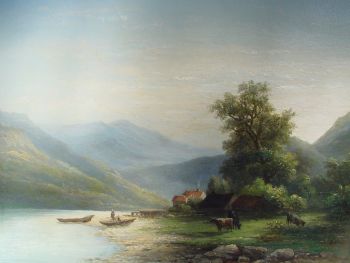Portrait of a Patrician family 1610
Unknown artist
Oil paintPaint
101 ⨯ 152 cm
Currently unavailable via Gallerease
- About the artworkPORTRAIT OF A PATRICIAN FAMILY
with an unidentified monogram/coat of arms and star on the blade of the knife | circa 1610 | oil on canvas | 152 x 101 cm
Provenance: Dutch private collection by descent
This portrait of a patrician family, seated around the table, is a rare and important piece within the art history of the early 17th century. It can be dated circa 1610, on the basis of its stylistic features and the presented objects. Only a few family portraits, with the family members gathered around a table, are known from the first quarter of the seventeenth century. This painting has been in the possession of a distinguished Dutch family for centuries.
The family portrait shows a wealthy family, who are seated at a lavishly set table. The husband and wife are seated at the most prominent places of the painting, according to traditional conventions. The father, as head of the family, confidently raises his berkemeier, a typical glass, which is mounted on a so –called bekerschroef. His wife is holding two cherries and a broken krakeling. Even though the children take in a central place in the painting, there is a hierarchy within the family. It was rather unusual for children to be seated at the table. They were expected to remain standing, as depicted here. Furthermore, from a hierarchical point of view, the boy was painted next to his father and the girl next to her mother.
The rich clothing, abundance of food and the precious objects that were placed on the table are means to impress the beholder. The exotic fruits, sweat meat, olives and salt were costly products, imported from distant countries. The silverware and delicate glasses are likely to have been part of the family estate. The silver salt cellar in this painting is very exceptional. It occurs in paintings by Osias Beert (1580-1624) and Clara Peeters (1594-1657), but has not been found in literature on antique silver yet. The clothing, with
fine lacework and gilt-thread embroidery conveys the message of wealth and abundance.
The painter managed to capture this special moment for posterity and this portrait was without doubt the show piece of the family. - About the artist
It might happen that an artist or maker is unknown.
Some works are not to be determined by whom it is made or it is made by (a group of) craftsmen. Examples are statues from the Ancient Time, furniture, mirroirs, or signatures that are not clear or readible but as well some works are not signed at all.
As well you can find the following description:
•“Attributed to ….” In their opinion probably a work by the artist, at least in part
•“Studio of ….” or “Workshop of” In their opinion a work executed in the studio or workshop of the artist, possibly under his supervision
•“Circle of ….” In their opinion a work of the period of the artist showing his influence, closely associated with the artist but not necessarily his pupil
•“Style of ….” or “Follower of ….” In their opinion a work executed in the artist’s style but not necessarily by a pupil; may be contemporary or nearly contemporary
•“Manner of ….” In their opinion a work in the style of the artist but of a later date
•“After ….” In their opinion a copy (of any date) of a work of the artist
•“Signed…”, “Dated….” or “Inscribed” In their opinion the work has been signed/dated/inscribed by the artist. The addition of a question mark indicates an element of doubt
•"With signature ….”, “With date ….”, “With inscription….” or “Bears signature/date/inscription” in their opinion the signature/ date/ inscription has been added by someone other than the artist
Artwork details
Related artworks
- 1 - 4 / 12
Unknown artist
Cristallo façon de Venise Drinking Glass1600 - 1650
Price on requestPeter Korf de Gidts - Antiquairs
Unknown artist
Een Gotische zuidelijke Nederlanden wandklok1580 - 1590
Price on requestNico van den Assem restauratie
Johannes van Dreght
Antique Dutch still life flowers in vase1740 - 1800
Price on requestGallerease Selected
 Curated by
Curated byDanny Bree
1 - 4 / 24Raoul Hynckes
Riverview with scaffolding (near Kinderdijk, the Netherlands)1913 - 1924
Price on requestKunsthandel Pygmalion
1 - 4 / 24Bernardus Johannes Blommers
Het bereiden van de maaltijd1870 - 1914
Price on requestStudio 2000 Art Gallery
1 - 4 / 24Corstiaan Hendrikus de Swart
Mountain landscape with Lake1838 - 1900
Price on requestKunsthandel Pygmalion
1 - 4 / 24

